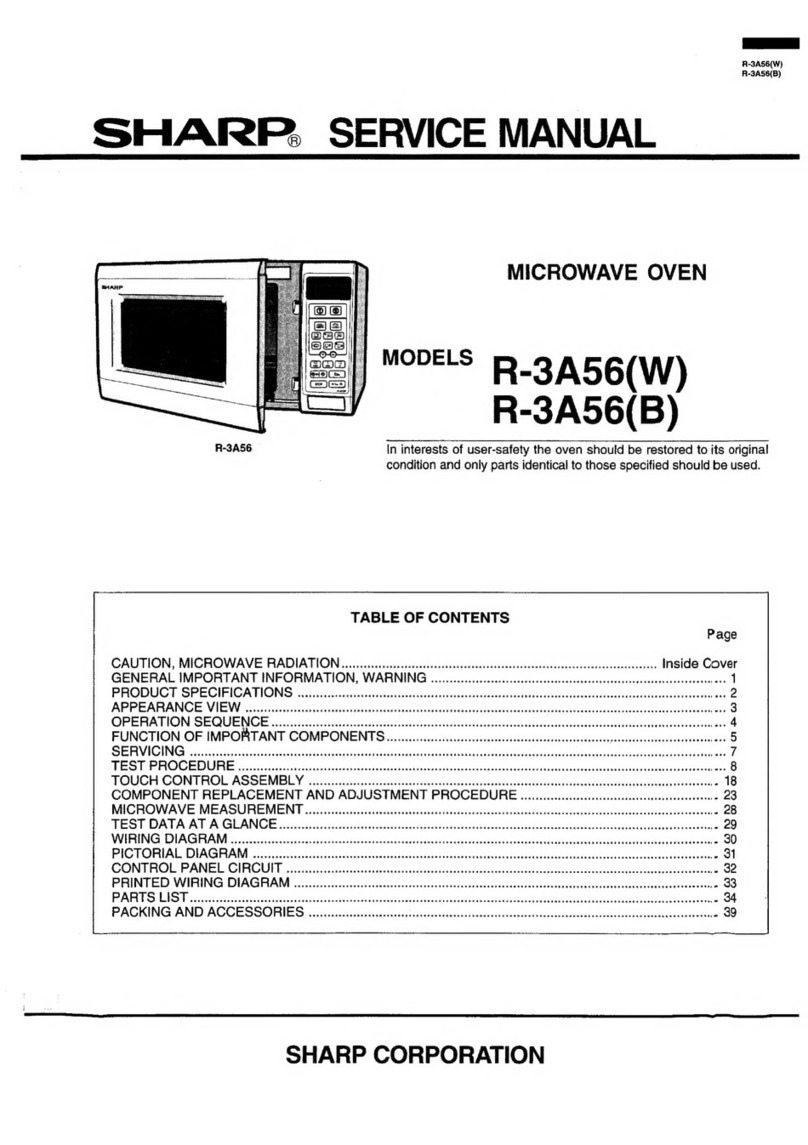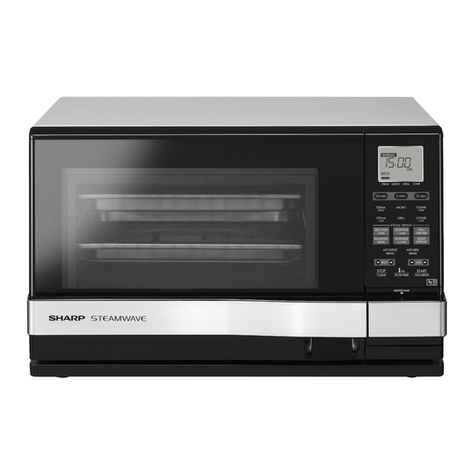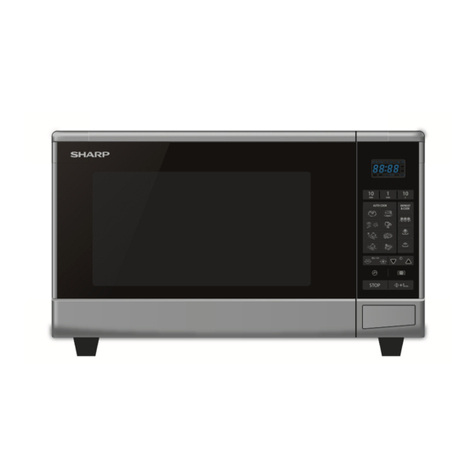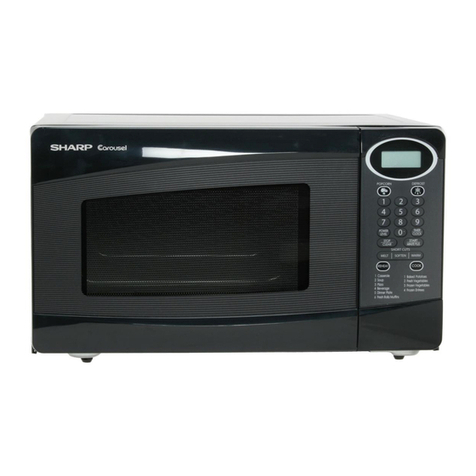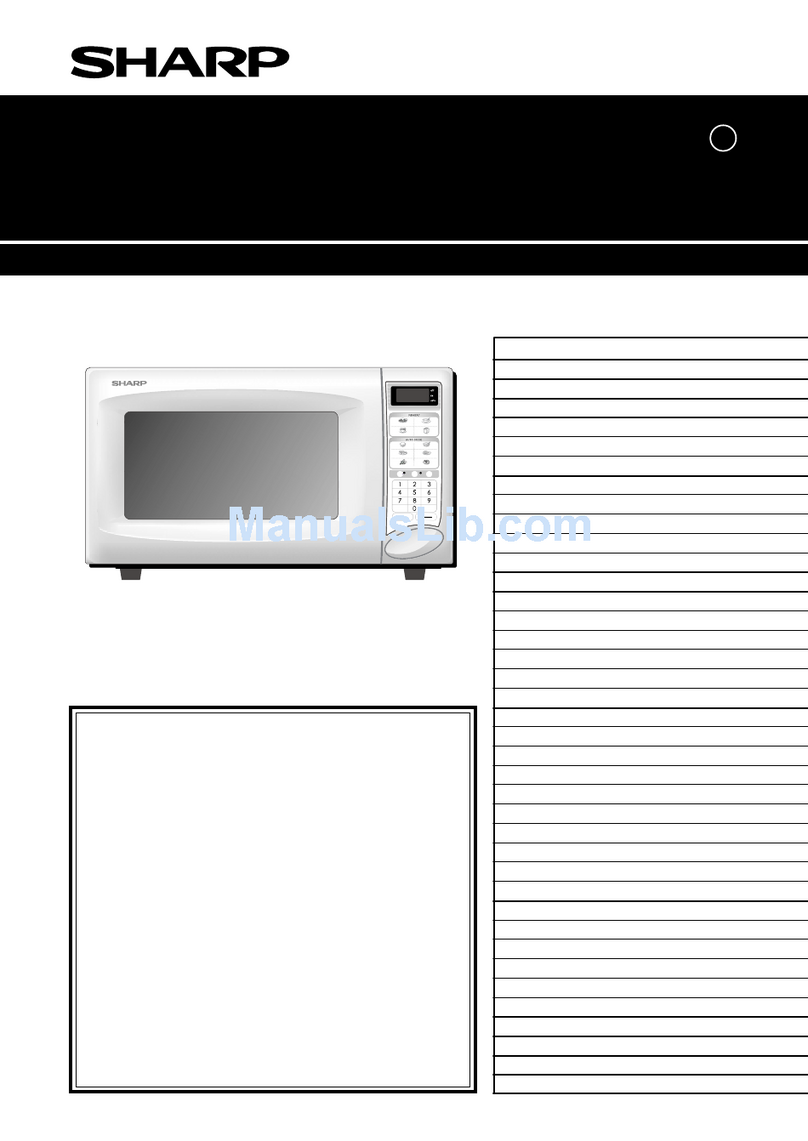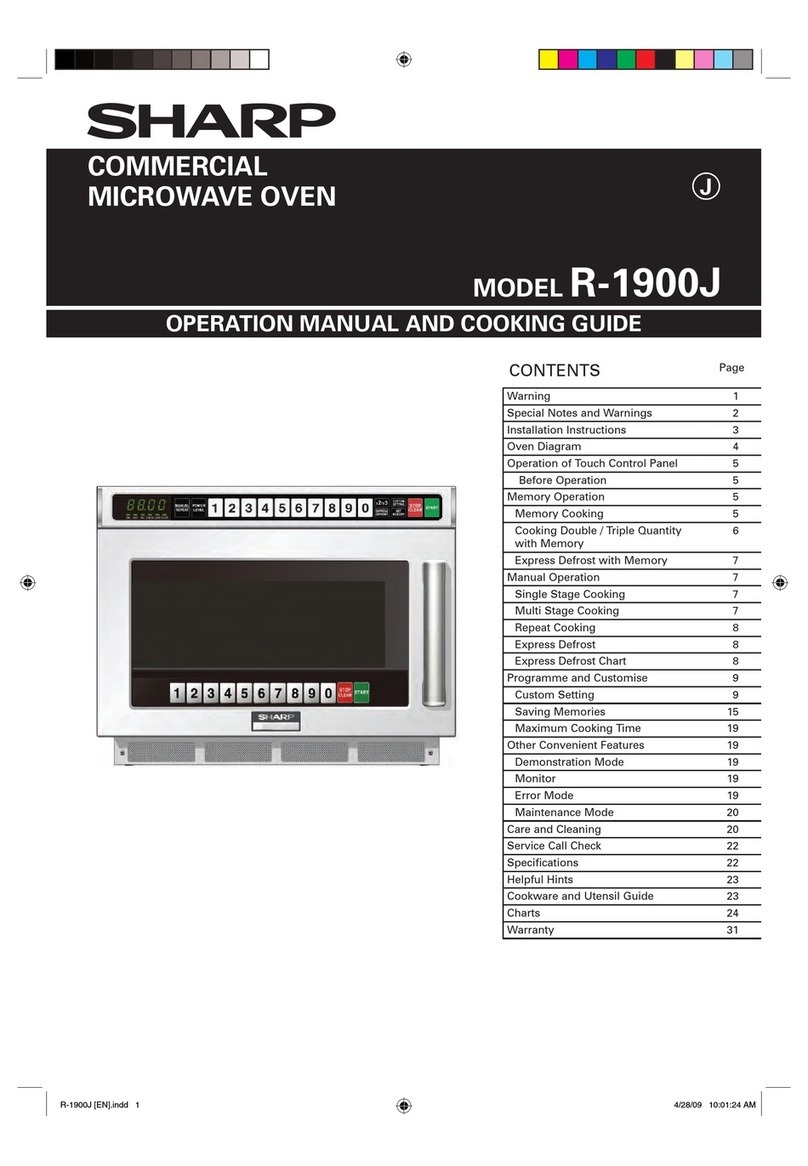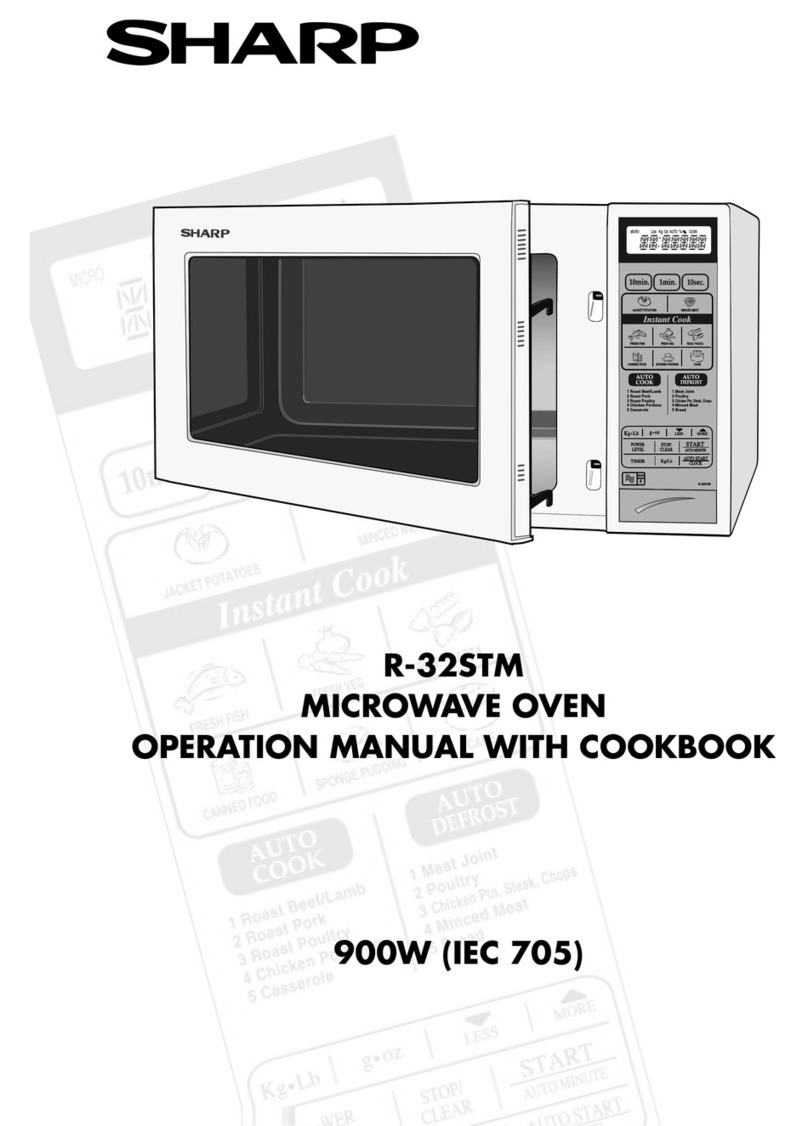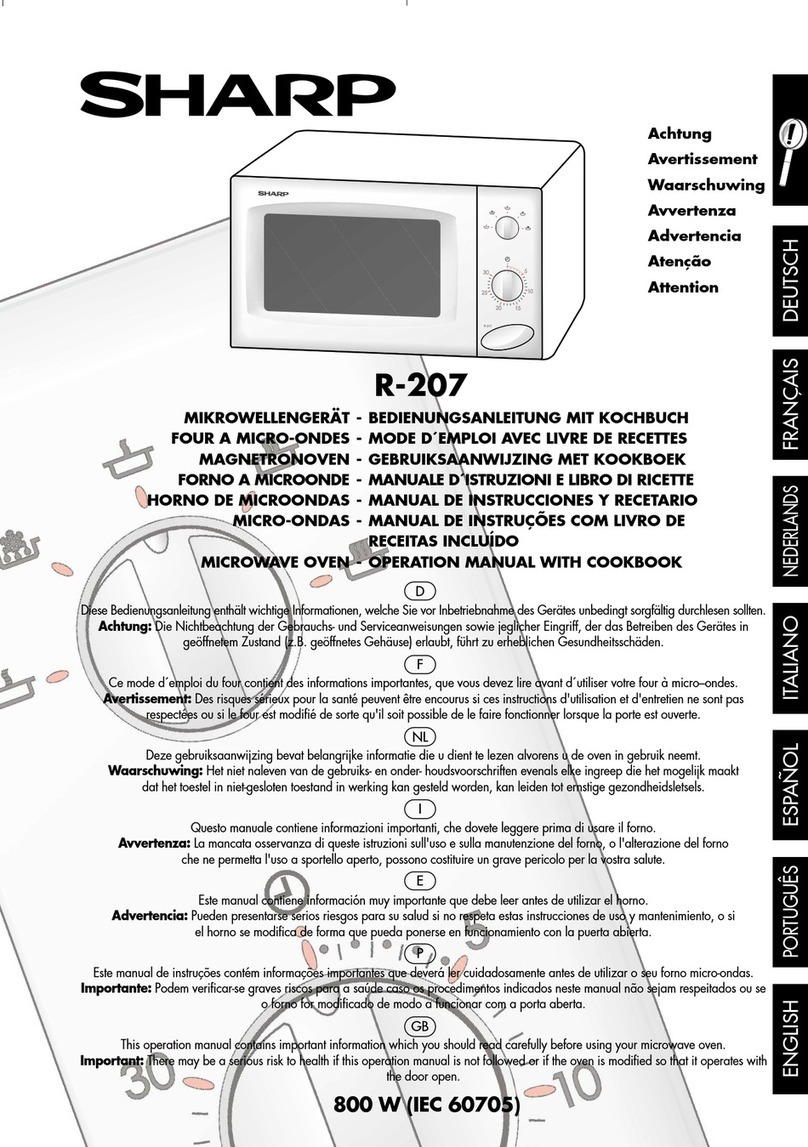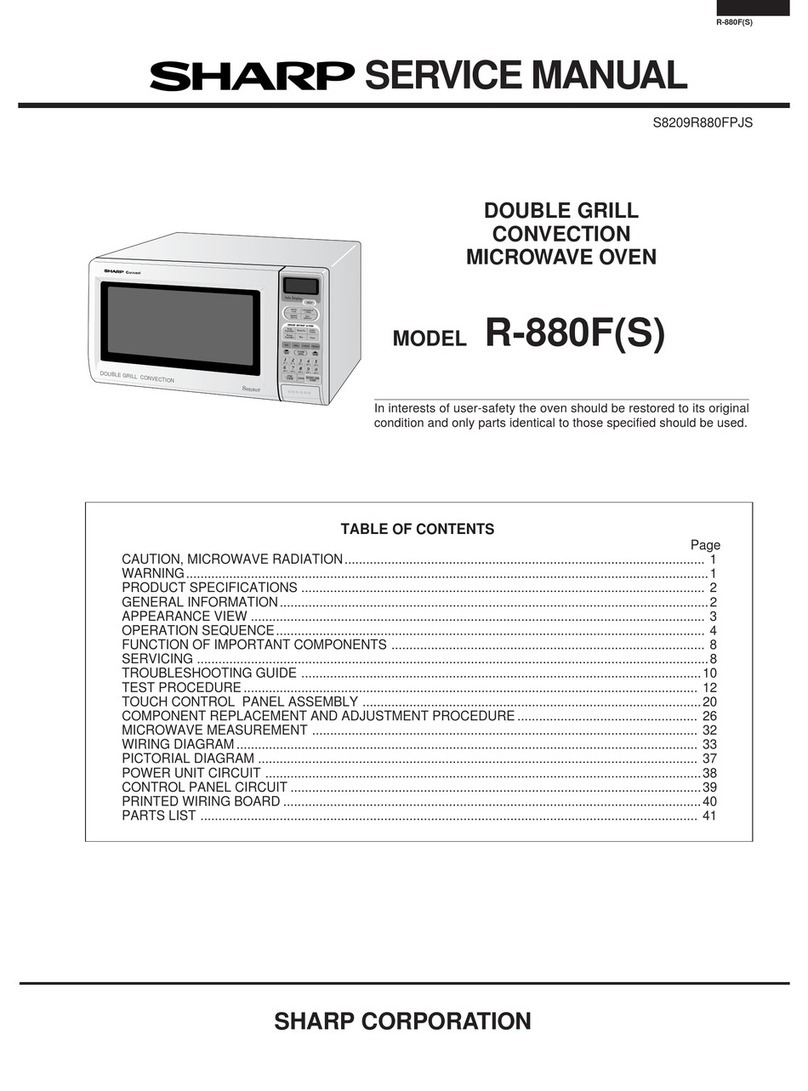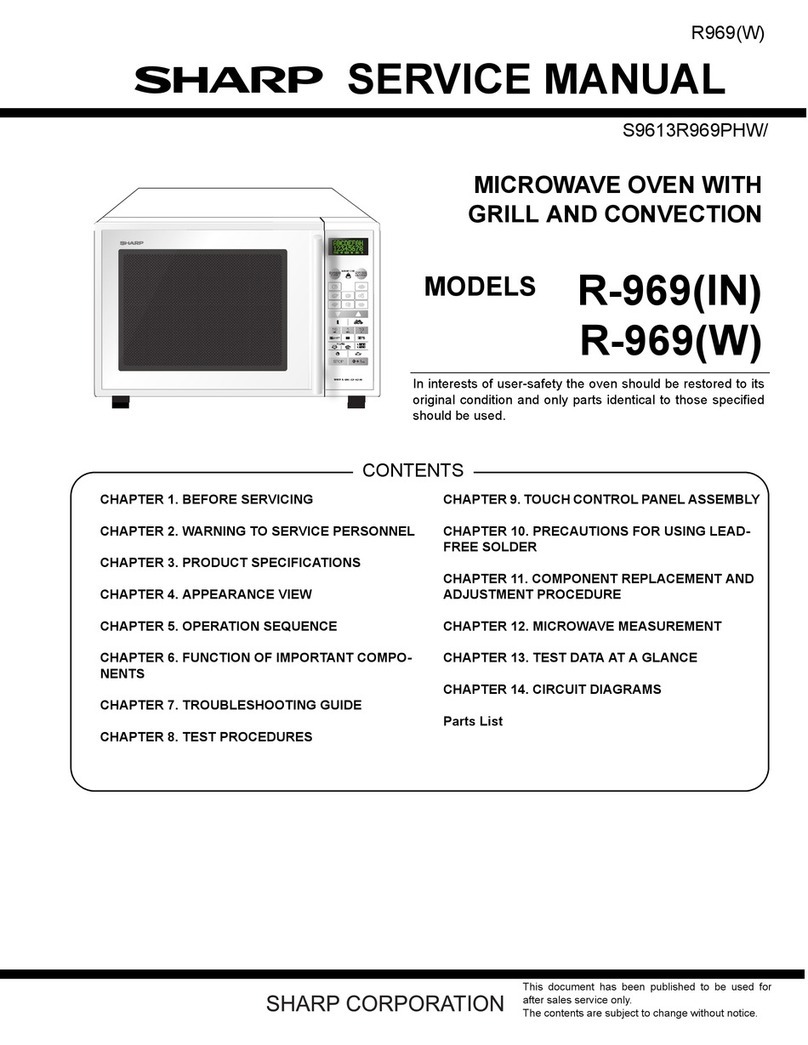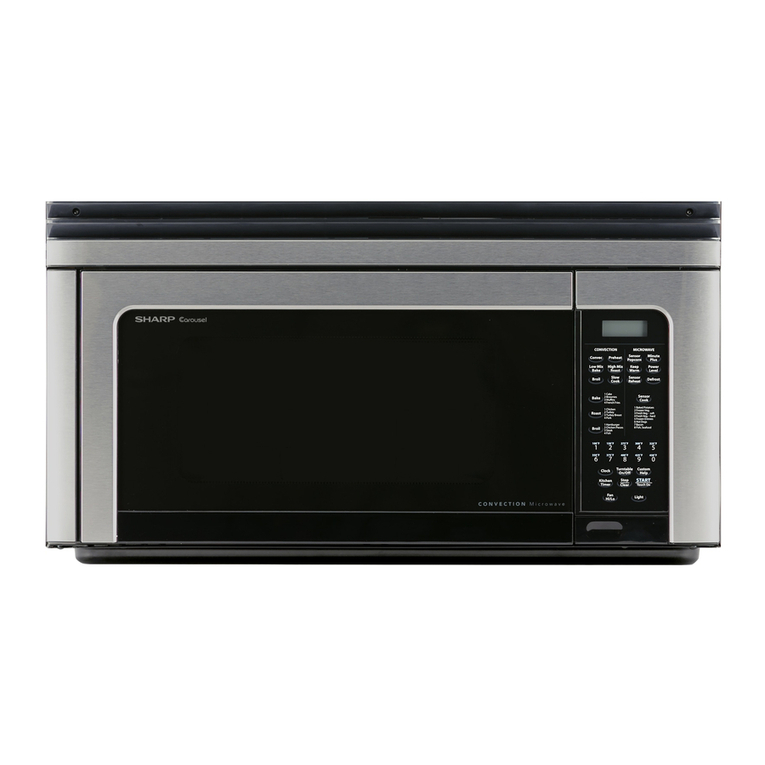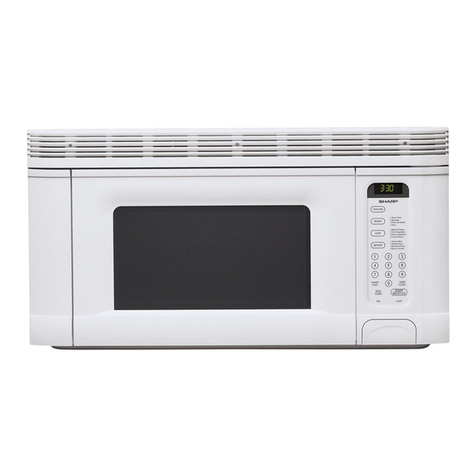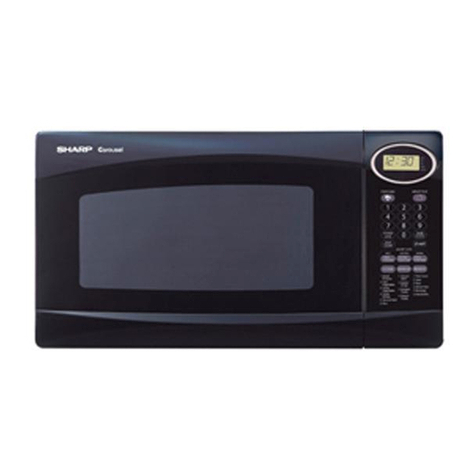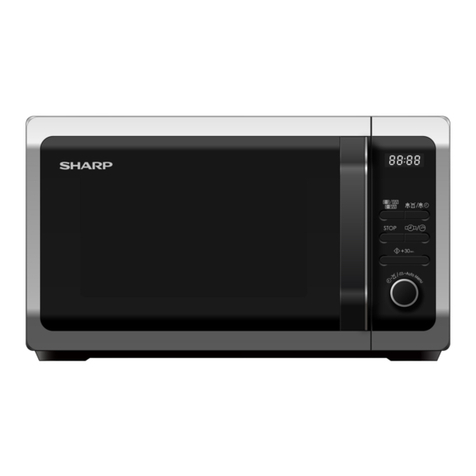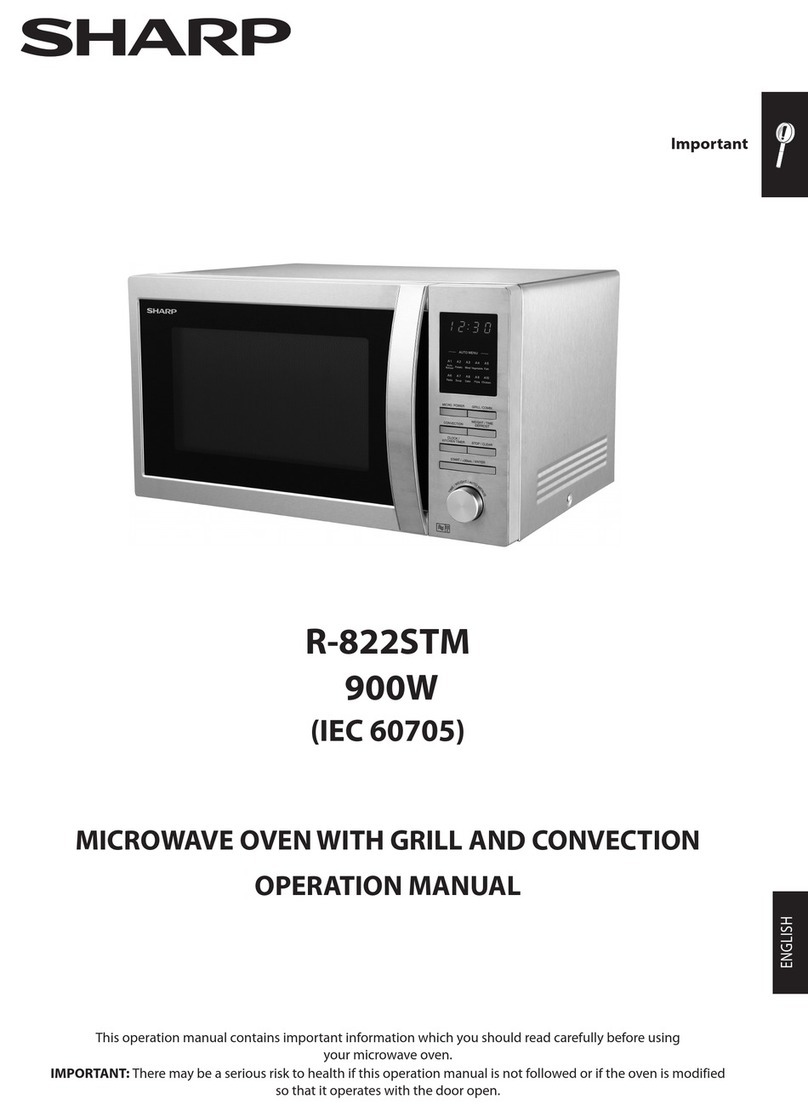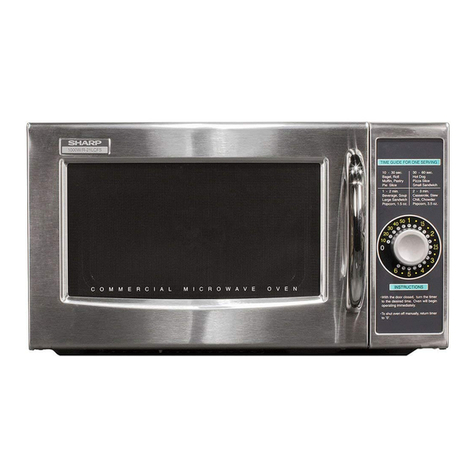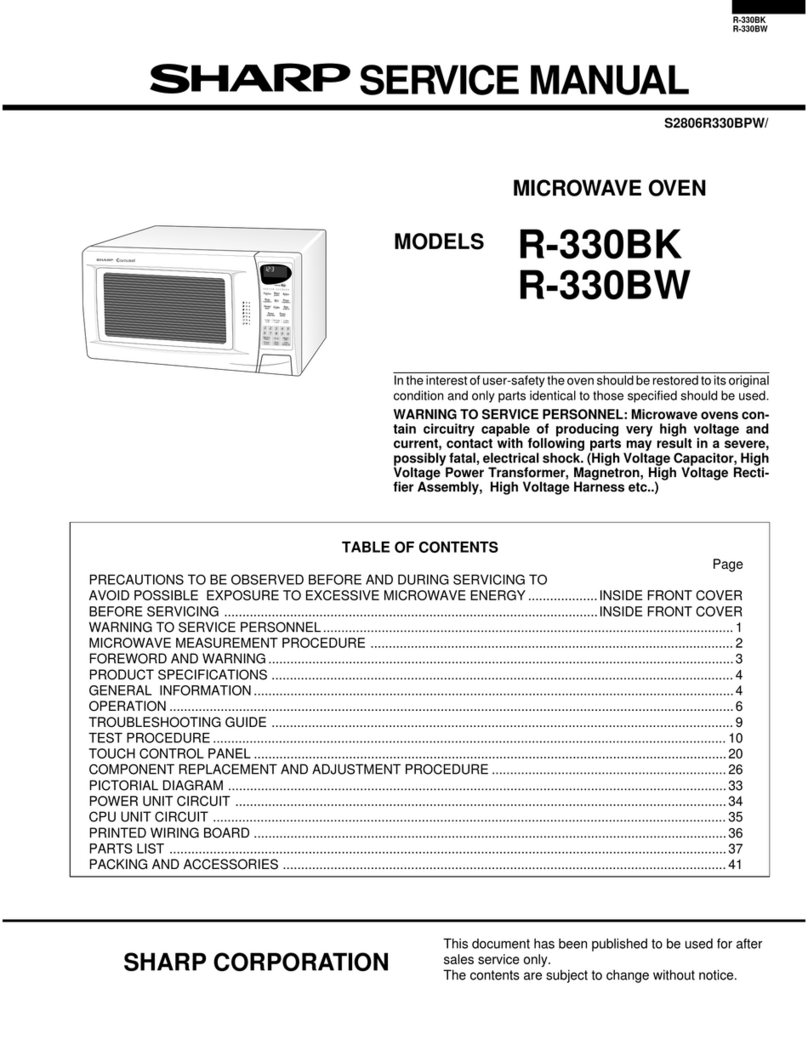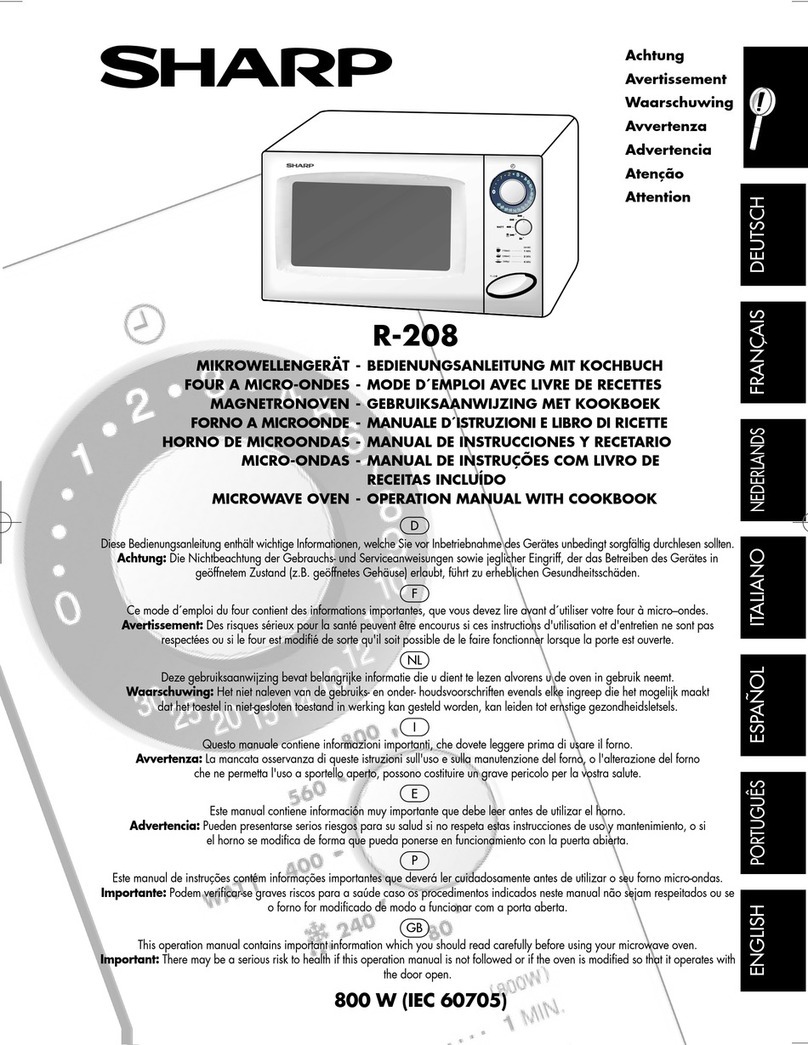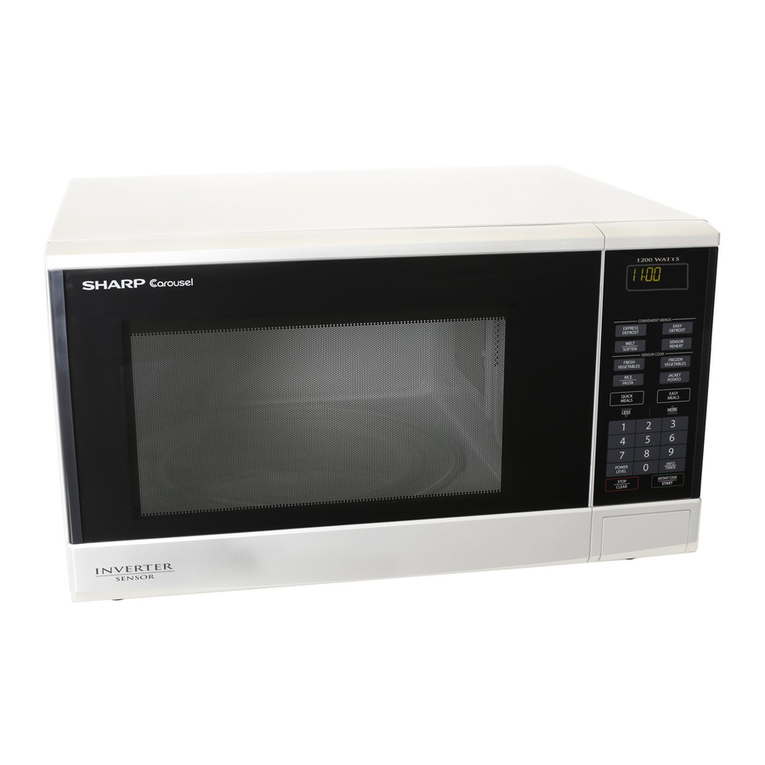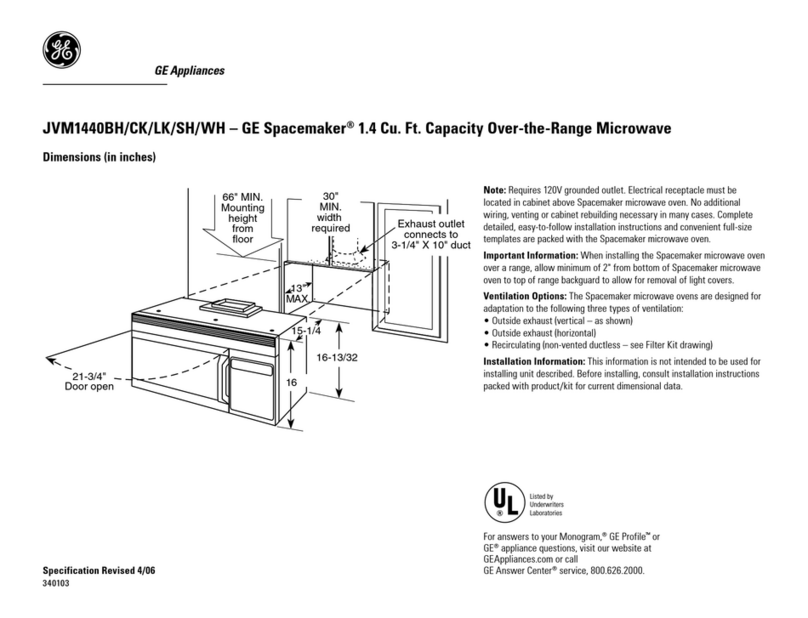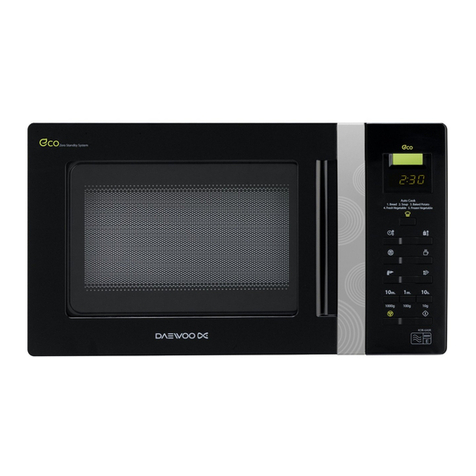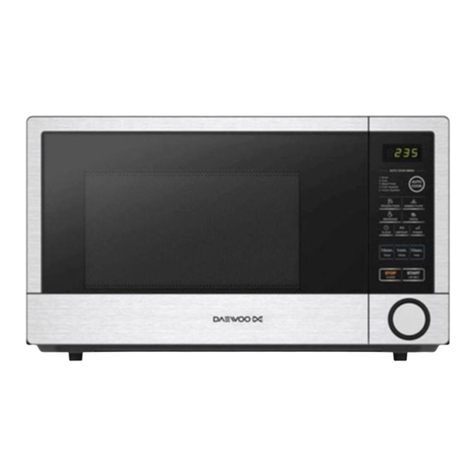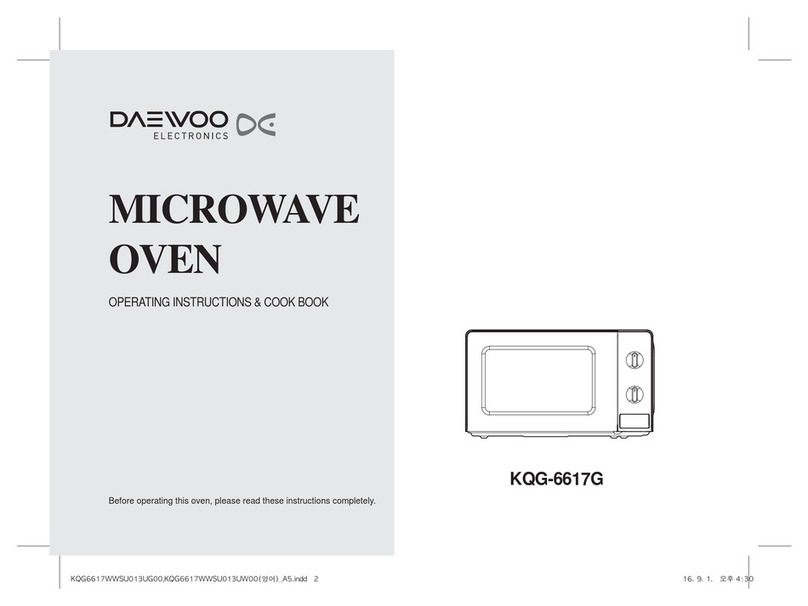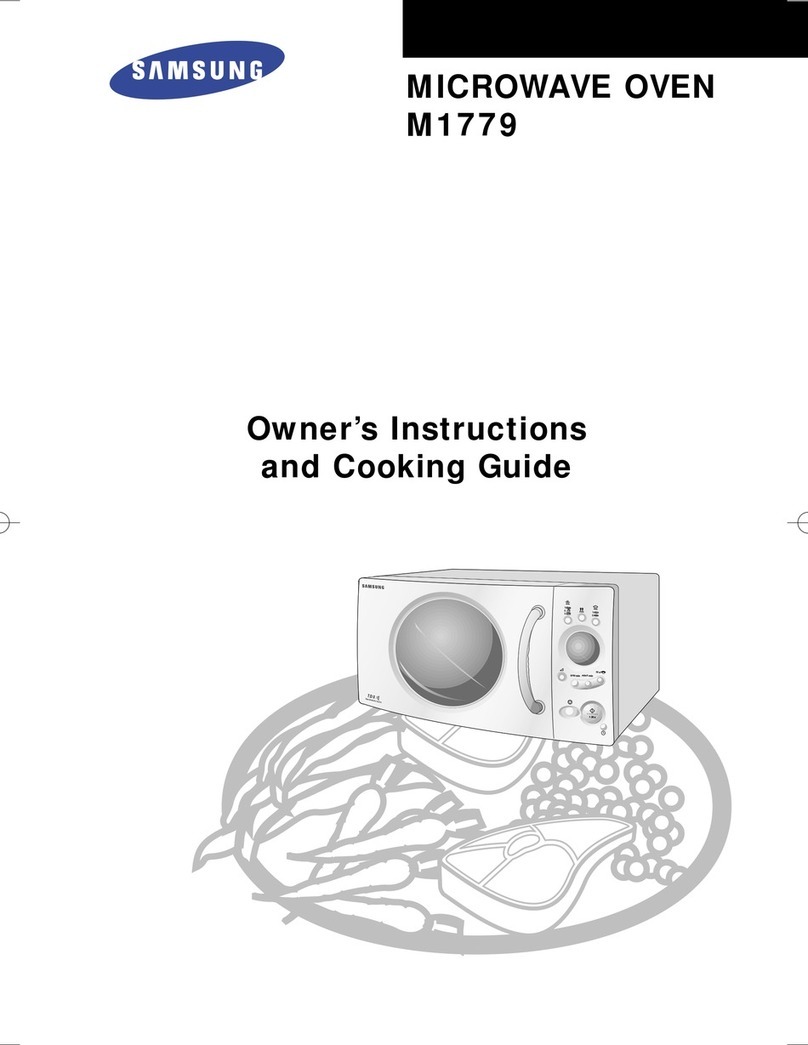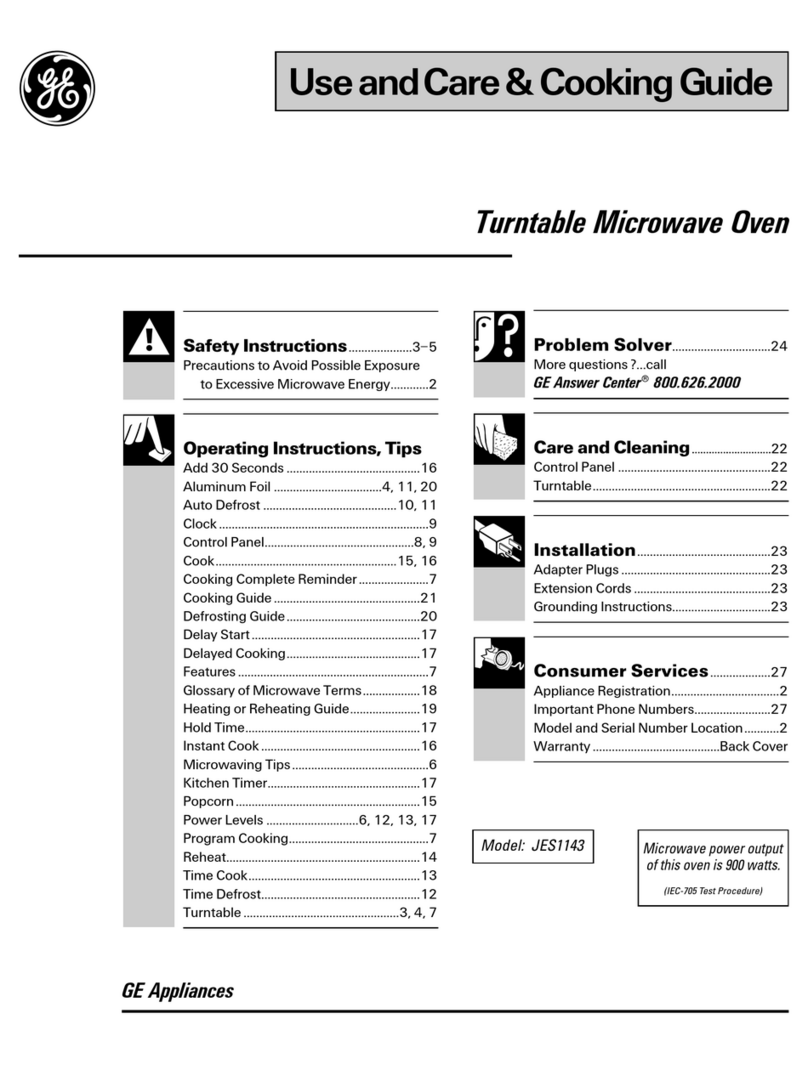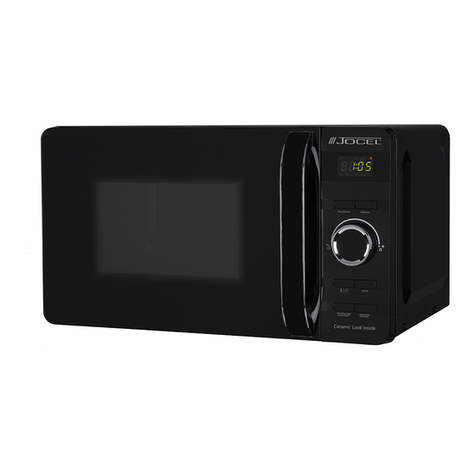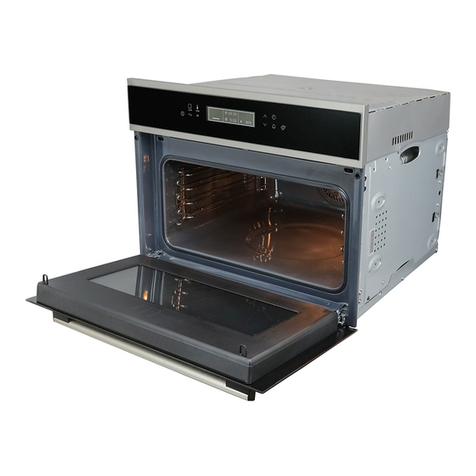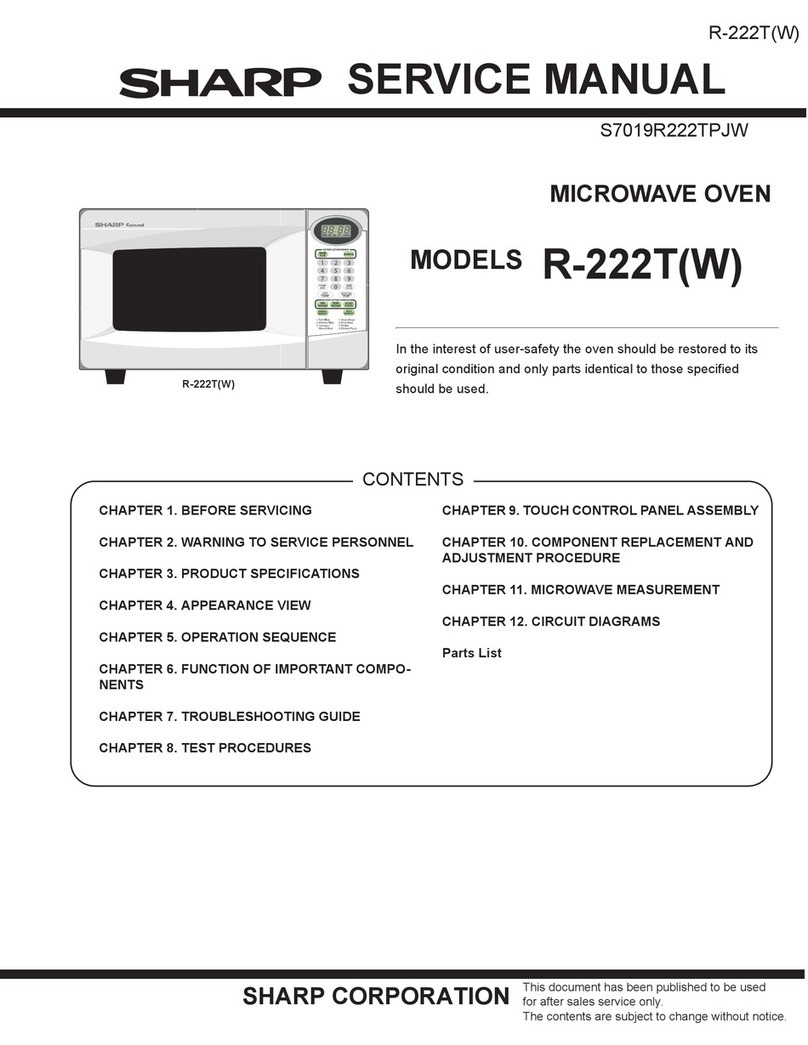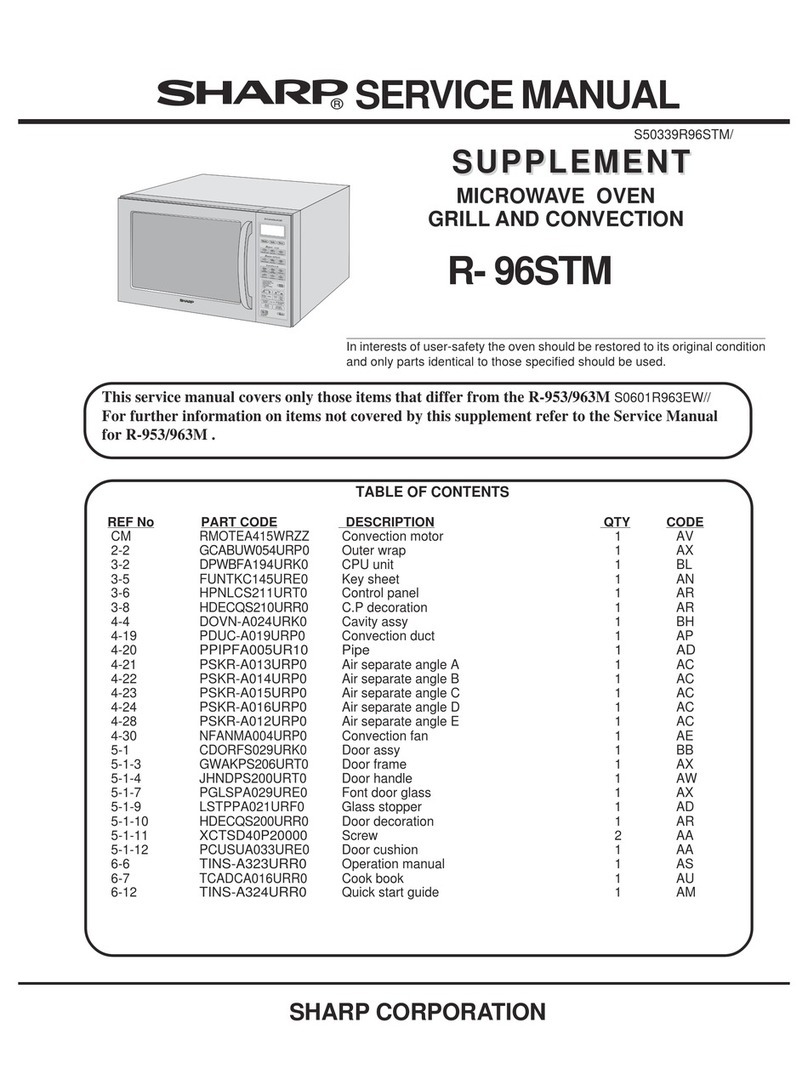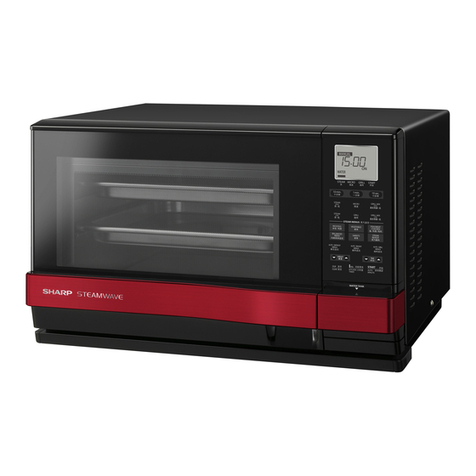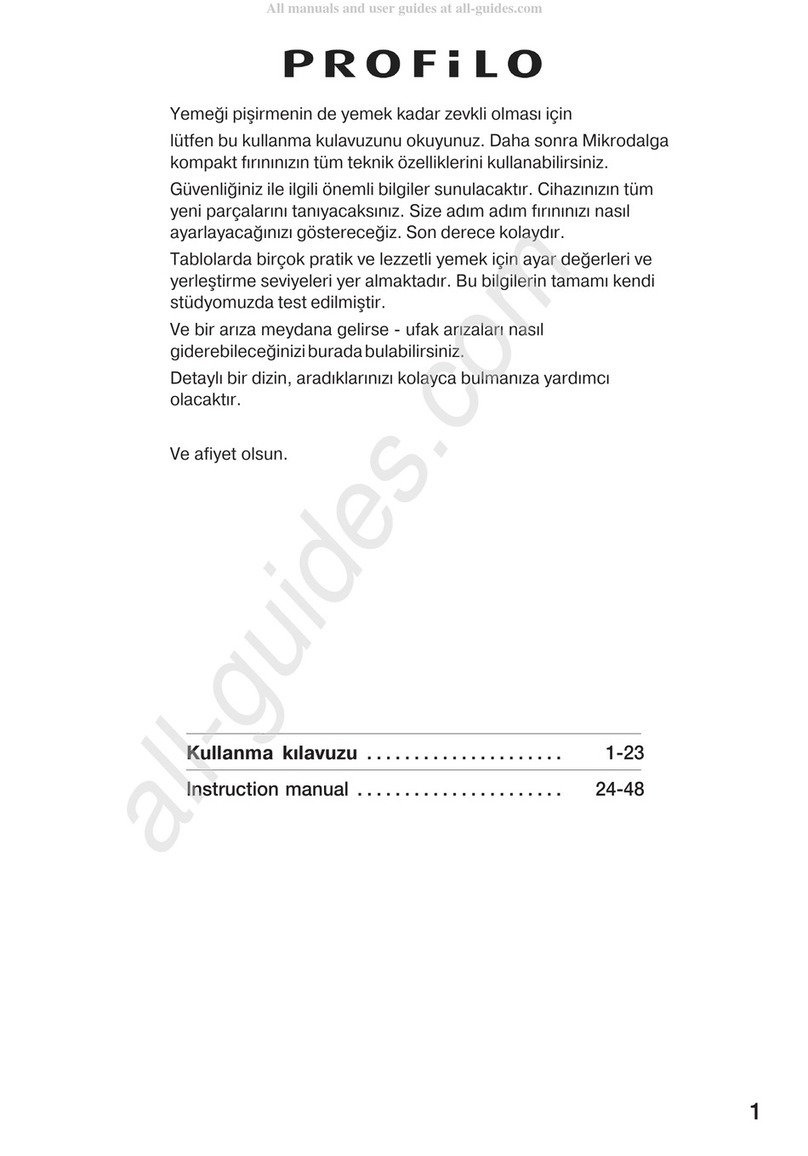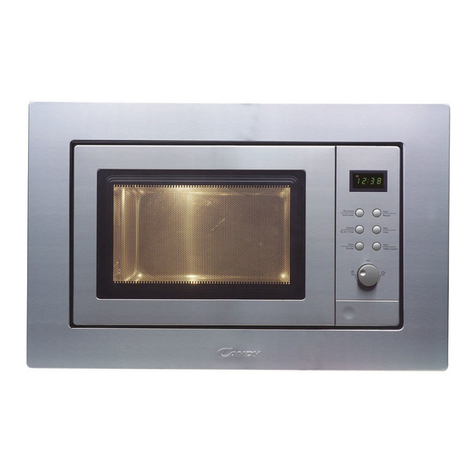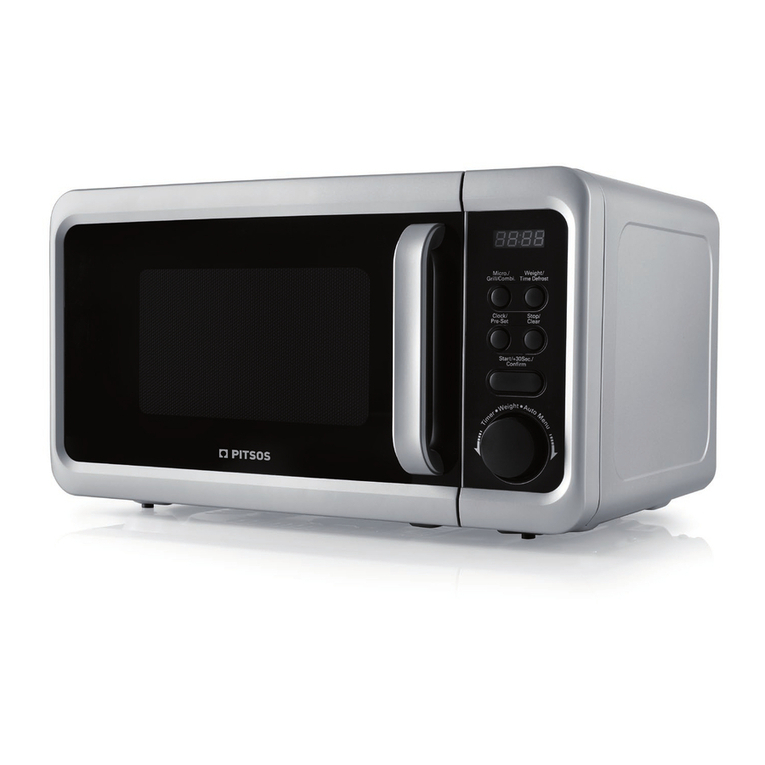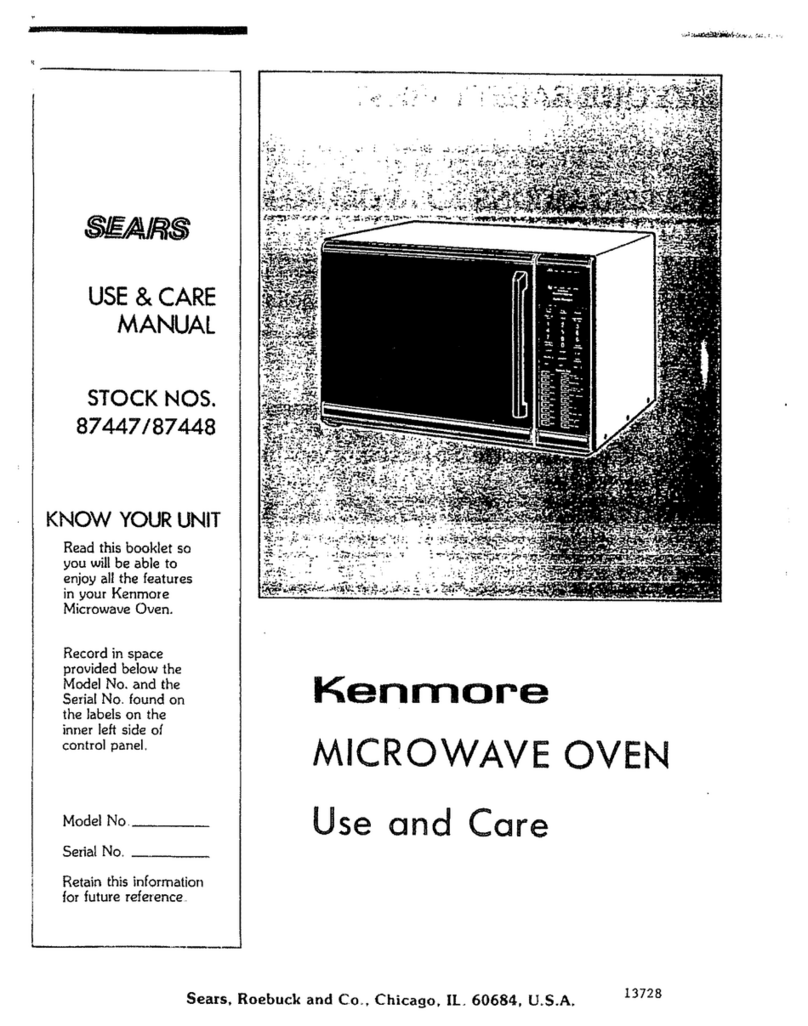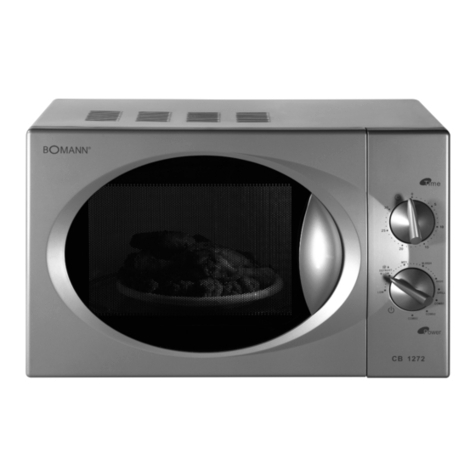
SHAR-07379
SHARP
SERVICE
MANUAL
$70225R875EHW
MICROWAVE
OVEN
WITH
GRILL
AND
CONVECTION
MODELS
R-875(B)
R-875(K)
R-875(W)
R-885(AL)
In
interests
of
user-safety
the
oven
should
be
restored
to
its
original
condition
and
only
parts
identical
to
those
specified
should
be
used.
TABLE
OF
CONTENTS
Page
CAUTION,
MICROWAVE
RADIATION
........cccccccccscsssssessseessnneeeeeeceeeeeeeeeeseeeeeeeeeeseeeeeeeeeeeeeeeeeeuseeeeeeseeeseneees
2
SERVIGIN
Givvesiaafeccdsdonces
occas
eea
teutelek
oohan
ibs
ata
xdvend
tobecs
svesoes
oan
waae
de
nanse
shaw
d
caiven
UTIs
Soeawndeduocealed
sk
sezdaaaeseloe
4
PRODUGT
SPECIFICATIONS:
5
icc.
cisiesetenncsssdeuscentscentscacectaatha
osgiseablaiescusvveseievdy
sectecs
steeueevsesuateapddercetunaaeceiee
7
GENERAL
INFORMATION
..........cccccccessesccsssccccccccccscceesensussesceececcesscusnsesesecsusaeuuuuuecevencuuseueescuceuusecesceuseseeus
7
APPEARANGE:
VIEW
sxcztionccscsetcizt
ch
ots
tangs
eons
lia
daaeluadiveasates
sueseadvoncenivs
iaunaledanhadat
cudeages
sudediebadoaueadanioiads
teed
8
OPERATION
SEQUENGE
2
ivissscscckscGisceck
iedicocbest
conshvenadeuveloelwveavedad
codaddstaeiasolastaddade
dada
eben
eabtavieaeshcartuazeswsesonsbs
9
FUNCTION
OF
IMPORTANT
COMPONENTS.
.......cccccccccccccsscceeeseeseesssseeeeeseeseesseeesteesseeesteeesereeersananeeeta
13
TROUBLESHOOTING:
GUIDE:
icccossciescckecedsteeccee
ects
tetside
cane
sdeavebedsapecssecdunl
seats
UiursoecsdnedeataGiutegsethseeveneys
15
TEST
PROCEDURE
veticdcscicce,
Acca
tsscescxdl
acacdee
oe
bate
ata
daa
sonst
Runa
tc
saumhen
ae
aad
mechan
soa
tabael
a
deantbowamtu
vant
bewenaecescae
16
CONTROL:
PANEL’ASSEMBEY
i.
ccceent
cc
veds
cers
deaatissaitieetuts
coengeieeuevetaaduaciva
dea
deasuesbateunsastasasadesavinddeta
dies
23
COMPONENT
REPLACEMENT
AND
ADJUSTMENT
PROCEDURE
..............cc0ccesesceessereevencessssssreenees
28
MICROWAVE
MEASUREMENT
..........ccccccccesseesseeceecccecccsaeeeueeeessuaeuuceesssesnuuueeeseususseeaneesssesssnsasanennenereness
34
TEST
DATA-AT
A-GLANGE.
cicciccds
sense
iiscetecsvcaccdscveaceavessusevuscpvadecgeduccivesgeataaascadccadediesednssiaesdedubacdsacadduaasa
34
SCHEMATIC
DIAGRAMSG
............ccccceeeeeees
War
owed
Seton
sities
deb
tM
g
clin
att
ca
atin
te
ti
ant
onal
fin
8.
35
PIG
TORIAL
DIAG
RAM
bsstccctssccsstecielivceccateiei
cbvehavavivwsssaaanaveSbadestssavcnheteluabeanntagusandustuasasaseaaadeetactncleysgae¥ead
oe
39
POWER
UNIT
CIRCUITDIAGRAM.
Qu...
cccccccccccceccccescescecceseeseeseceueuceceeccesssesuuaueueuseeueseceesureneseunsasacauuansnes
40
PRINTED
WIRING
OF
KEY
AND
JOG
UNIT
o0u.o.oc
cece
cece
cceecccecccccececcececceceeusasueseseueseressceseneprapestenenenrpesaes
41
CPU
UNIT
CIRCUITDIAGRAM
(0...
ccccecce
cece
ccccescsceceeceseeseueausuaseeseeessseseereesseessueesseeeessrserssesssnaseaseneeesa
42
PRINTED
WIRING
BOARDOF
POWER
UNIT
DIAGRAM
.......cceeccceccccccccccccececceeeeccceeceueesuvevecesensensnesenans
43
PRINTED
WIRING
OF
BOARD
OF
JOG
SWITCH
UNIT
DIAGRAM
uu...
cece
eeceeecccecccsseseesaeerneneceunes
44
PAPUESHEIS
Te
doers
e550
fess
crcecoctstcnsacched
ad
fees
sacuees
tara
dace
teak
nga
masiedeachex
suncdattatinch
aaa
nasa
cs
Aten
gece
todmmeensdel
45
EXPLODED
DIAGRAM
OF
OVEN
PARTS.
uu...
.ccccccccccccccccseessececeeecsceseeeesseessssueeaussseeeseeeeveversensereenesaees
48
CONTOL
PANEL
&
DOOR
PARTS
DIAGRAM
.....c...ccccccccccescccsccceueenccecsecureeveneeecucessunsueeusereeesseanaesannneees
49
MISCELLANEOUS/PACKING
&
ACCESSORIES
.....ccccccccccccccccccceccucessssseeseesscceeseceseseesureneerseeseneneaeees
50
SHARP
CORPORATION
